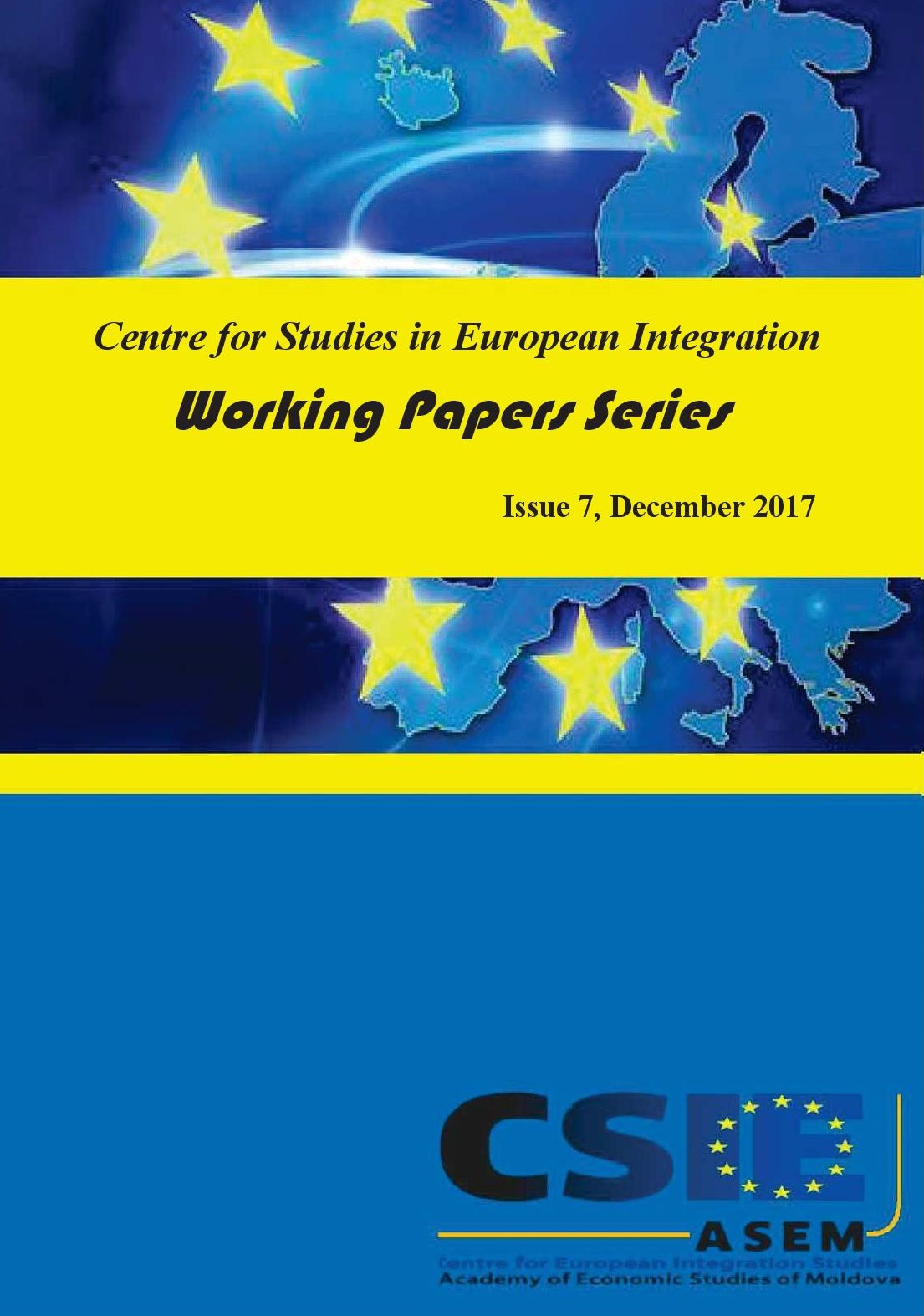Multilingualism As A Contemporary Phenomenon; Its Potential for Teachers And Learners
Multilingualism As A Contemporary Phenomenon; Its Potential for Teachers And Learners
Author(s): Luminița DIACONUSubject(s): Social Sciences, Language and Literature Studies
Published by: Center for Studies in European Integration, Academy of Economic Studies of Moldova
Keywords: multilingualism;learning teachers’ beliefs;multilingual pedagogy;language awareness;third-language language learning strategies
Summary/Abstract: Knowledge of teachers’ beliefs is central to understanding teachers’ decision-making in the classroom. The present study explores international language teachers’ beliefs about multilingualism and the use of a multilingual pedagogical approach in the third-language (L3) classroom. This study analyzed data collected with 12 teachers of French (N = 4), German (N = 2) and Spanish (N = 6) using qualitative content analysis. Three main themes emerged from the analysis. (1) The teachers view multilingualism as a potentially positive asset. Although they think that multilingualism has benefited their own language learning, they do not conclude that multilingualism is automatically an asset to students. (2) The teachers claim to make frequent use of their students’ linguistic knowledge of English when teaching the L3. However, the teachers rarely focus on the transfer of learning strategies because they believe that learning an L3 is completely different from learning the second language L2 English. (3) The teachers think that collaboration across languages could enhance students’ language learning; however, no such collaboration currently exists.
Journal: Centre for Studies in European Integration Working Papers Series
- Issue Year: 2017
- Issue No: 7
- Page Range: 20-24
- Page Count: 5
- Language: English

